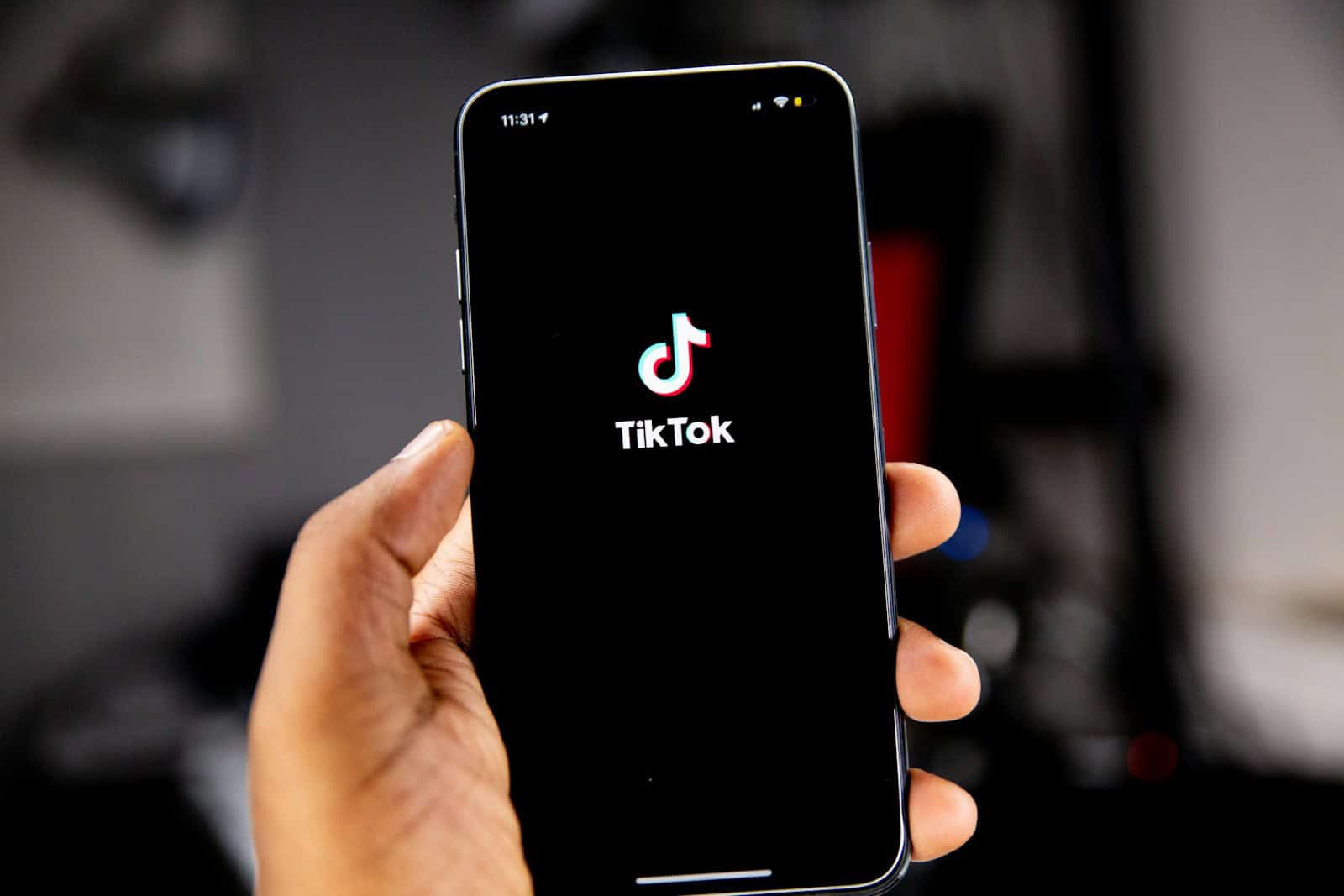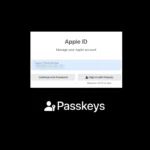TikTok’s next big release won’t be a flashy new filter or viral dance—it’s an entirely separate American app. ByteDance is quietly racing to finish “M2,” a U.S-only version of TikTok that will sit in the App Store alongside its global sibling by September of 2025.
The project is more than a branding exercise: M2 is ByteDance’s ticket to stay alive in America without running afoul of a federal law that forces foreign-controlled social apps to divest or disappear. Below is everything we know—plus why the move could reshape social media, advertising, and data policy far beyond 2025.
Why TikTok Needs a U.S-Only App
When Congress approved the Protecting Americans from Foreign Adversary Controlled Applications Act, lawmakers gave TikTok two choices: sell its U.S. operations or shut down domestically. The Supreme Court later upheld the statute, and—after a short extension from the White House—the hard deadline now sits at September 17, 2025. ByteDance can’t simply hand over its source code; Chinese export-control rules guard recommendation algorithms as “national security” assets. M2 is the workaround: a self-contained U.S. service whose data, moderation, and revenue are firewalled from Beijing.
Key stakes at a glance:
- 180 million+ U.S. users could lose access if a solution fails.
- TikTok’s ad business, which topped an estimated $18 billion globally last year, would fracture without American brand budgets.
- Creators have shifted livelihoods onto the platform; every new policy twist triggers fresh uncertainty about audience reach and sponsorship deals.
By carving out a standalone app, ByteDance can spin ownership of M2 to an American consortium—names floated include Oracle and venture investors—while keeping the original algorithm in China.
Inside Project “M2”: What We Know So Far
| Element | Detail |
|---|---|
| Codename | “M2” (internal shorthand) |
| Target launch | September 5, 2025 on iOS & Android (subject to App Store review) |
| Look & feel | Familiar interface, but rebuilt feed logic hosted on U.S.-controlled servers |
| Data residency | All U.S. user data stored domestically; Chinese staff barred from access |
| Business model | Same ad formats and creator monetization tools, migrated under a new legal entity |
Behind the scenes, engineers have duplicated critical backend services—recommendation, ad auction, live streaming—on Oracle Cloud Infrastructure, the same partner already providing “Project Texas” compliance data centers. The sprint has echoes of Instagram’s Threads launch: get a minimum viable product live, then iterate.
The Transition Plan for Users
- Automatic prompts: Beginning in late August, the existing TikTok app will display countdown banners urging U.S. users to download M2.
- Account migration: A one-tap transfer will move profiles, followers, drafts, and balance credits. Third-party logins (Apple, Google, Meta) remain intact.
- Dual-app grace period: Both apps operate side by side until March 2026. After that, opening legacy TikTok in the U.S. will redirect to M2.
- Content parity: Public videos uploaded on either app will surface in a shared “For You” layer; private messages and analytics stay siloed within each region for compliance.
Expect some hiccups—cross-border duet chains, music licensing differences, and filter availability may lag during the hand-off—but ByteDance is counting on its recommendation magic to keep retention high.
What It Means for Creators, Brands, and Competitors
- Creators gain bargaining power. Two distinct markets mean separate monetization pools—some influencers may negotiate platform-exclusive deals or test new ad-revenue splits as M2 woos talent.
- Advertisers face a brand-new ads manager dashboard, yet benefit from stricter U.S. data safeguards that could ease regulatory scrutiny. Early pilots suggest CPMs may be higher initially due to limited inventory.
- Competitors like YouTube Shorts and Reels see the door crack open. Any onboarding friction—duplicate uploads, follower-count resets—becomes an opportunity to lure audiences. Don’t be surprised if Meta runs paid campaigns reminding users that Reels “doesn’t require a second app.”
Meanwhile, U.S. regulators will treat M2 as a test case for future foreign app oversight. If the model works, Washington could demand similar structures from other China-based social platforms or even push American tech firms to localize abroad.
The Bigger Picture: A New Template for Global Social Media
M2 isn’t just TikTok’s lifeline—it’s the first large-scale attempt to split a social network along geopolitical lines while retaining a seamless user experience. Success would signal that data sovereignty and cross-border innovation can coexist, albeit with extra engineering overhead and corporate gymnastics. Failure, however, could trigger abrupt service blackouts, billions in lost equity value, and a fractured creator economy scrambling for alternatives.
For now, all eyes are on September 5. If ByteDance ships on schedule—and investors finalize a divestiture deal—every scroll in the new M2 feed will double as a live stress test of digital globalization in 2025.
The TikTok Sound Ringtone
TikTok has transformed social media, and now users can bring their favorite sounds from the platform directly to their phones. The process lets anyone customize their iPhone ringtones and alarms with viral TikTok audio clips, music snippets, or sound effects. Converting TikTok sounds into ringtones requires saving the video first, then using built-in phone settings or third-party apps to extract and set the audio.
Phone personalization takes on new meaning with TikTok’s vast library of sounds. Users can pick from trending songs, comedic clips, or unique audio mashups to make their devices stand out. The setup works for both ringtones and notification sounds on iPhones and Android devices.
Setting up a TikTok sound as a ringtone adds a creative touch to daily phone interactions. The process takes just a few minutes and gives users access to an endless selection of audio options that update as new trends emerge on the platform.
Key Takeaways
- TikTok videos must be saved to your device before extracting the audio for ringtones
- Both iPhone and Android users can convert TikTok sounds into custom ringtones
- Third-party apps provide additional options for editing and customizing TikTok audio clips
Creating Custom TikTok Sound Ringtones
Customizing phone ringtones with TikTok sounds adds a personal touch to mobile devices while bringing favorite social media moments into daily life. The process requires specific steps to capture, convert, and set up the audio properly.
Downloading Your Favorite TikTok Sounds
The first step is saving the desired TikTok video to a device. Users can tap the “Share” button on any TikTok video and select “Save Video” to store it in their camera roll.
For videos that don’t allow direct downloads, screen recording provides an alternative method. Users simply need to play the video and record their screen.
Several third-party apps and websites also offer TikTok video downloading services. These tools can extract videos with their original audio quality intact.
Converting TikTok Videos to Audio Files
MP3 converter apps transform saved TikTok videos into audio files. Popular options include Kapwing and CapCut, which extract sound without quality loss.
The conversion process takes 3 simple steps:
- Upload the TikTok video
- Select audio extraction
- Save the MP3 file
Most converters offer basic editing features like trimming the audio length or adjusting volume levels.
Using Audio Editing Apps
Audio editing apps refine the sound file before setting it as a ringtone. GarageBand works well for iPhone users, offering tools to trim clips and add effects.
Android users can choose from various ringtone maker apps in the Google Play Store. These apps let users:
- Cut specific sections
- Add fade effects
- Adjust audio levels
- Save in compatible formats
Transfer to Device and Set as Ringtone
iPhone users must sync their custom audio through iTunes or Files app to set it as a ringtone. The file needs to be in M4R format for iOS compatibility.
Android devices accept MP3 files directly. Users can access their phone’s sound settings and select the custom audio file as their ringtone or notification sound.
The process varies by phone model and operating system version. Some devices require the audio file to be placed in specific folders for recognition as a ringtone option.
Frequently Asked Questions
Setting TikTok sounds as ringtones requires specific steps based on the phone type and preferred conversion method. TikTok’s vast audio library offers many creative ringtone options.
How can I convert a TikTok audio clip into a ringtone for my iPhone?
Users must first save the TikTok audio as an MP3 file using a third-party converter. The file then needs to be imported into iTunes or Apple Music.
The audio clip must be synced with the iPhone through a computer connection. Users can select the converted audio file in iPhone settings under “Sounds & Haptics” to set it as a ringtone.
What are the steps to set a TikTok sound as a ringtone on an Android device?
Android users can tap the three dots on a TikTok video to access sharing options. The audio can be saved directly to the device’s storage.
Users need to access their phone’s sound settings and select “Ringtone.” The saved TikTok audio file can be chosen from the stored files.
Is it possible to download a TikTok sound for personal use as a ringtone?
Yes, TikTok sounds can be downloaded using online converters like TikConverter. These tools extract the audio from TikTok videos into MP3 format.
The downloaded files can be used offline for personal purposes like ringtones and alarms.
Where can I find instrumental versions of TikTok sounds to use as ringtones?
Instrumental versions can be found by searching specific hashtags like #instrumental on TikTok. Many creators post instrumental edits of popular TikTok songs.
Third-party websites offer instrumental versions of trending TikTok sounds. These sites often provide free downloads in ringtone-compatible formats.
How do I save a TikTok song as my phone’s ringtone?
Open the TikTok app and locate the desired sound. Save the audio using the share options or a conversion tool.
Move the saved audio file to the ringtone folder on the device. Access phone settings to select the new audio as the ringtone.
Where can I locate and download MP3 versions of TikTok ringtones?
Online platforms like TikConverter specialize in converting TikTok videos to MP3 format. These services are free and support unlimited downloads.
Music streaming platforms sometimes feature official versions of viral TikTok songs. These can be purchased and converted to ringtone format.







